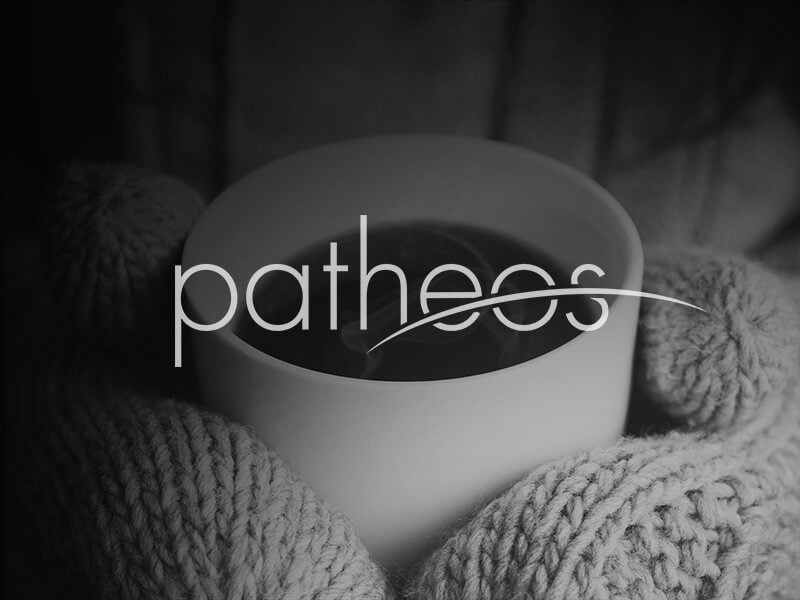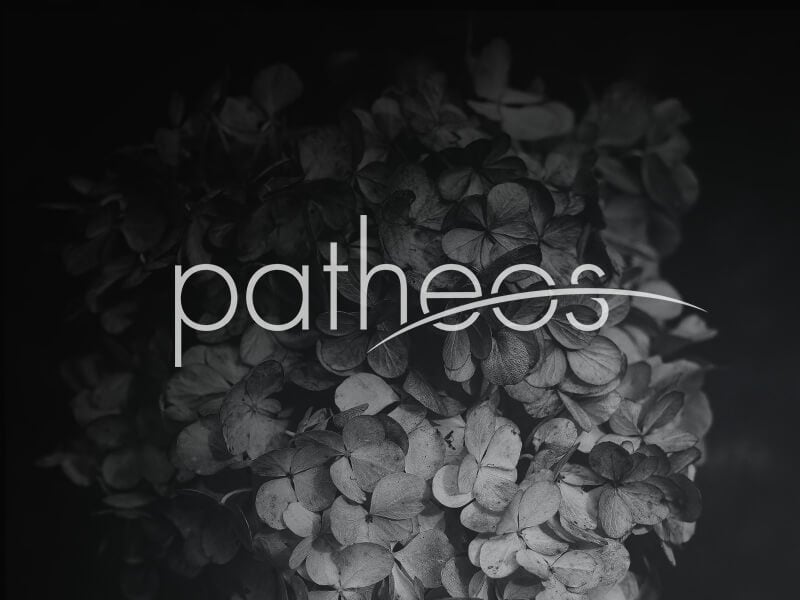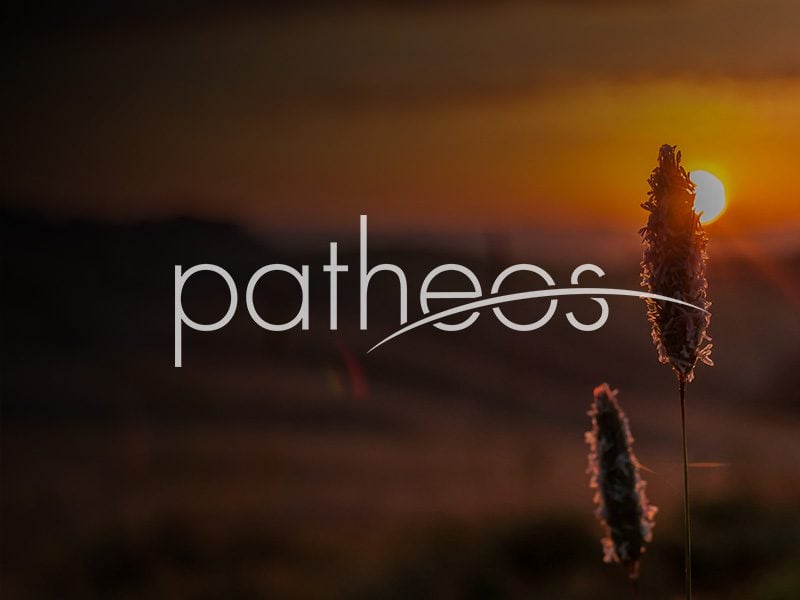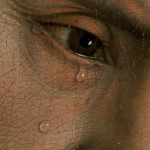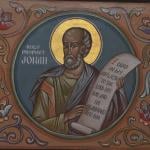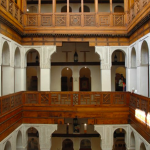Last updated on: March 9, 2017 at 9:36 pm
By
CNA Daily News
Hollywood, Calif., Mar 9, 2017 / 02:36 pm (CNA).- The path to priesthood doesn’t often include stops on the sets of soap operas. But for Father Don Woznicki, a stint as a production assistant for the NBC soap “Sunset Beach” in 1998 (the same year he entered the Mundelein Seminary to begin his formation as a priest) was a pivotal part of his exploration of his “calling within a calling” – his deep-seated desire to evangelize through the entertainment industry. “While I was in my pretheological studies at Loyola University in Chicago, I sensed the Holy Spirit moving me to somehow be involved in an outreach ministry as a priest to Hollywood,” recalled Father Woznicki. “I always loved entertainment, and it was at that point in my life, as I discerned the priesthood, that I had a deep conviction that somehow the Church needs to be more present because of that influence it can have on people and cultures.” As the South Bend, Indiana-born Father Woznicki assumed an associate pastor role at a Chicago-area parish, he (with the permission of then-Chicago Archbishop Cardinal Francis George) proceeded to trek to Los Angeles three or four times a year, for one week at a time during his spring and summer breaks, to continue his PA job with “Sunset Beach,” work with Act One (a mentorship program for aspiring Christian screenwriters) and soak up as much additional exposure to the entertainment industry that he could get. Twenty years and a handful of IMDB credits later, Father Woznicki is now not only the pastor at Christ the King Church in Hollywood (where he began serving last July), but also the director of New Ethos, an advocacy effort that strives to drum up support throughout the Catholic community for films that, as St. Pope John Paul II (who was an actor in his youth) once put it, “bring us to a personal encounter with truth, goodness and beauty.” <blockquote class="twitter-tweet" data-lang="en"><p lang="en" dir="ltr">LOS ANGELES I Holy-wood: How one priest supports films that ‘promote truth, beauty and goodness.’ <a href="https://t.co/1dMBdAymxd">https://t.co/1dMBdAymxd</a> <a href="https://t.co/4ml5D1CdML">pic.twitter.com/4ml5D1CdML</a></p>— Angelus News (@AngelusNews) <a href="https://twitter.com/AngelusNews/status/839957753082736640">March 9, 2017</a></blockquote> <script async src="//platform.twitter.com/widgets.js" charset="utf-8"></script> “There is great power in film and television, because much of our senses are acted upon through visuals (cinematography, special effects, movement), hearing (screenplay, musical score, sound) and a personal connection with the actors,” explained Father Woznicki. “Our celebration of the Mass and sacraments carry through its beauty the ultimate power to act on our senses, to have a personal encounter with our Lord and Savior and transform our minds and hearts. When one encounters an overarching spirit of the true, good and beautiful in entertainment, one also is encountering Jesus Christ, who is the way, the truth and the life.” And while many on the outside looking in have a preconceived notion of Hollywood being a spiritual wasteland, Father Woznicki has found that Hollywood is, in fact, inhabited by its fair share of faith-filled industry professionals who, though they may not agree with all of the Church’s teachings, have an “attraction to, and appreciation for, the Church’s age-old and sophisticated approach to the arts through the holy Mass, in sacred art and in the various other traditional and progressive mystical expressions of faith.” In order to support filmmakers and screenwriters who share his passion for truthful, beautiful storytelling, Father Woznicki and his core team of film reviewers collaborate with studio marketing executives in a number of capacities to galvanize support throughout the Catholic community for films that fit the bill. His ultimate goal is for New Ethos to become an esteemed, respected voice for the films it wants to promote, and has not only a hand in production and development, but also “a place at the table of major studios and independent production companies to have a meaningful influence on developing entertainment.” To this end, New Ethos is in the planning stages of working with the Pontifical Council for Social Communications to coordinate a two-day retreat at the Vatican for accomplished industry artists and establishing a “New Ethos Film Festival,” a Sundance-esque event to be held annually in Los Angeles. For the time being, however, New Ethos’ primary efforts involve recognizing quality films and awarding them the New Ethos “Logo of Excellence,” which promoters can in turn use for marketing purposes. New Ethos’ two most prestigious awards, the “New Ethos Excellence Award” and the “New Ethos Selection” are awarded to films that excel in the categories of religion, values and art. Father Woznicki hopes that, by recognizing films that succeed as much in their efforts to explore universal human truths and propel the craft of filmmaking forward as they do in telling stories concerning matters of faith, that New Ethos will help shake the filmgoing public’s tendency to equate “Catholic” with “G-rated” and/or “hokey.” “New Ethos is not about just supporting films and entertainment media because a Catholic made it,” stated Father Woznicki. “Would you get on an airplane just because you heard a Catholic made it? Quality is the rule. Christ is constantly calling us to conversion, hope and to be transformed into his image, and the reality is that a vast majority of us are works in progress, made holy in Christ’s mercy, but with many rough and hard edges to be smoothed out. “New Ethos films are not about promoting sanitized Christian propaganda, rather to that conversion, hope and transformation,” he continued. Just as we are all works in progress, so is New Ethos in its early stages. But Father Woznicki firmly believes that New Ethos’ earnest intention to focus on promoting the best attributes of Hollywood, the goodness waiting to emerge in films hidden beneath the slog, will lead to a flourishing, symbiotic relationship between New Ethos and the entertainment industry. “The mission’s philosophy was founded on transforming Hollywood not through a self-righteous ‘Hollywood takeover’ to form a ‘Catholic Hollywood,’ but rather encouraging and supporting and uplifting the true, good and beautiful in secular Hollywood productions, where much of God’s talent operates,” said Father Woznicki. “[It’s not] about going to Hollywood yielding a stick to point out where they are leading our children into hell,” he continued. “Rather, [it’s] to form positive collaborative relationships, where the Church lets Hollywood be who they are: the most talented and creative storytellers in the world, which the Church needs, while Hollywood can use the Church not only for its large market potential, but also to tap into the Church’s wisdom to help guide the art-making process. It’s is a win-win mission!” This article originally appeared in Angelus News. Reprinted with permission. Read more




